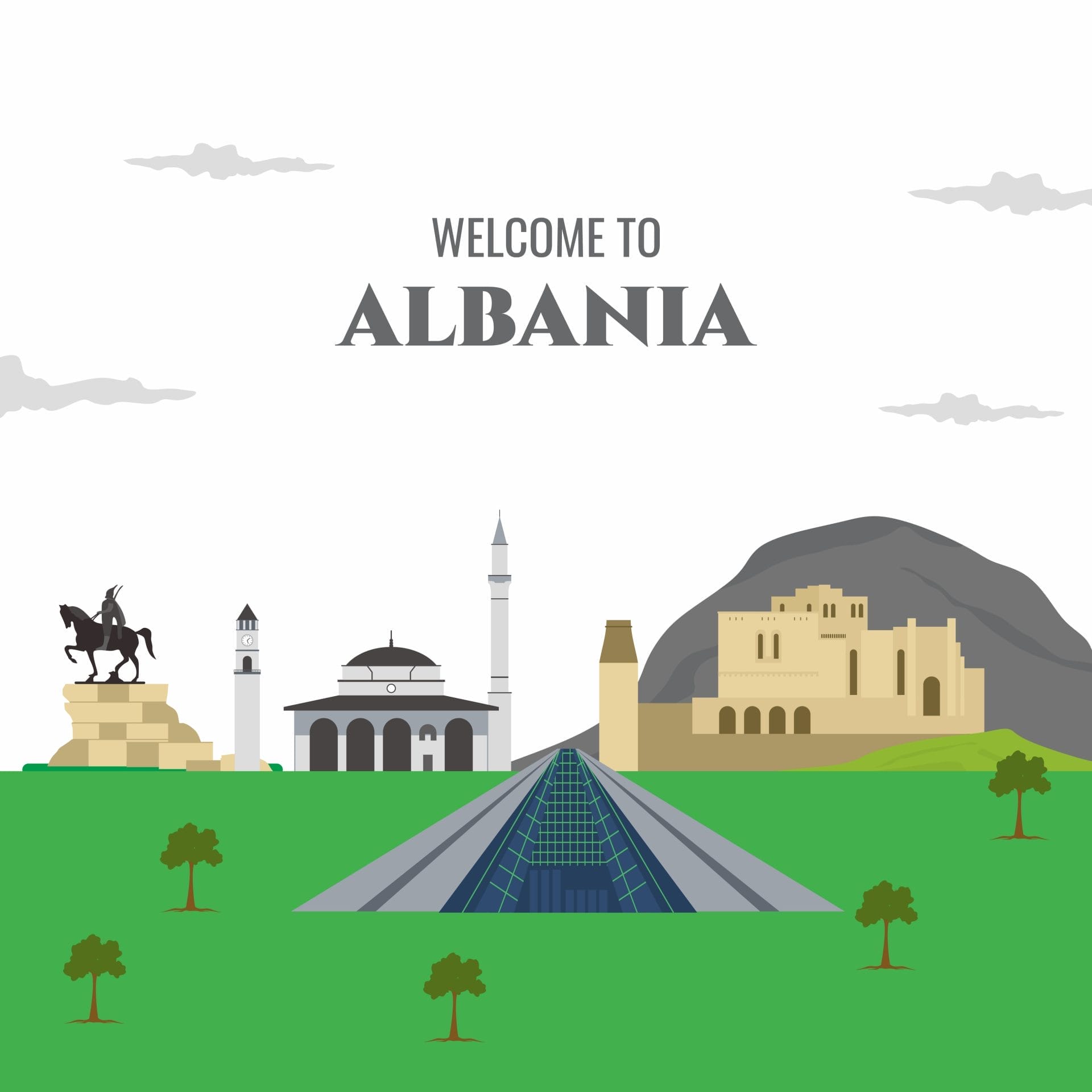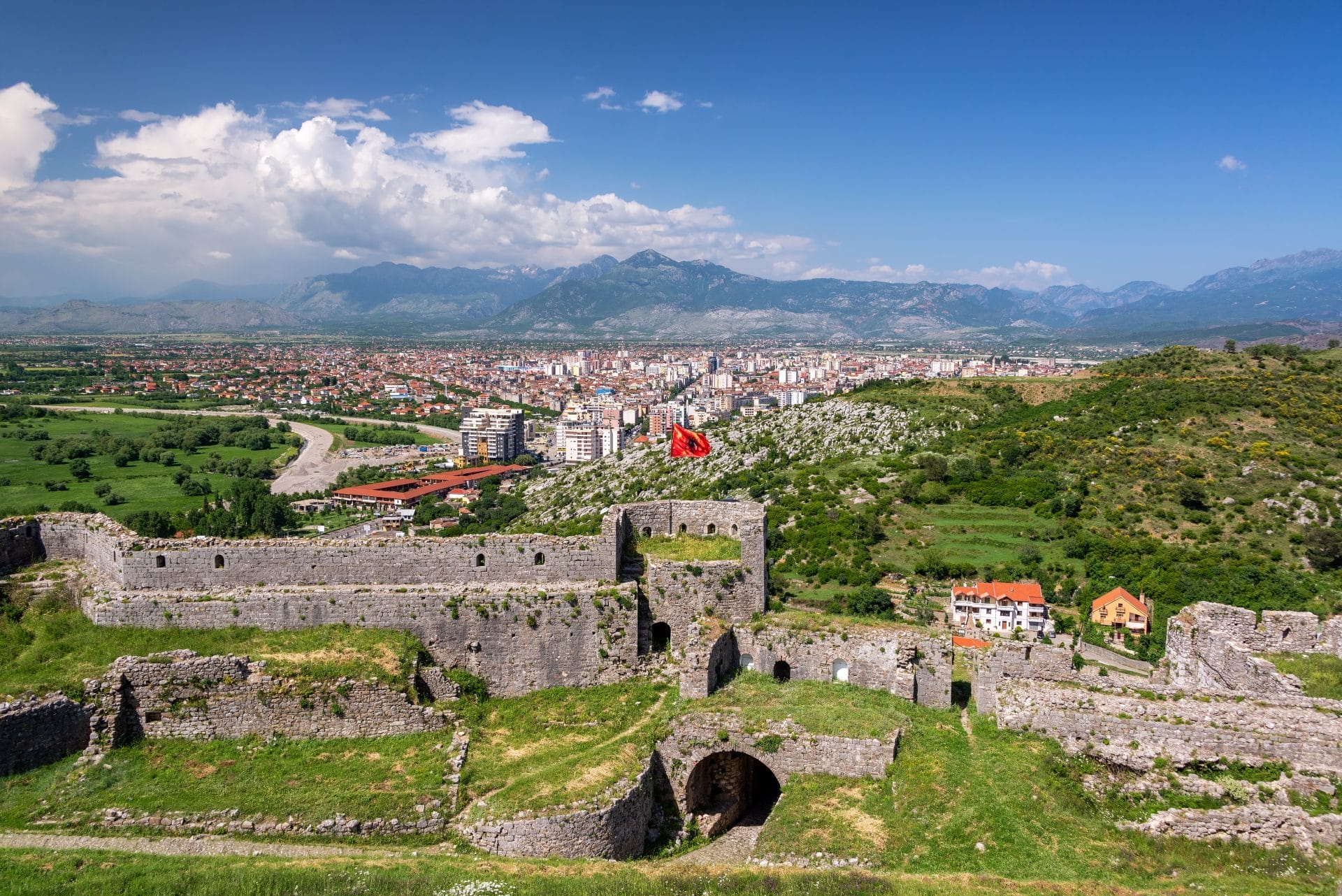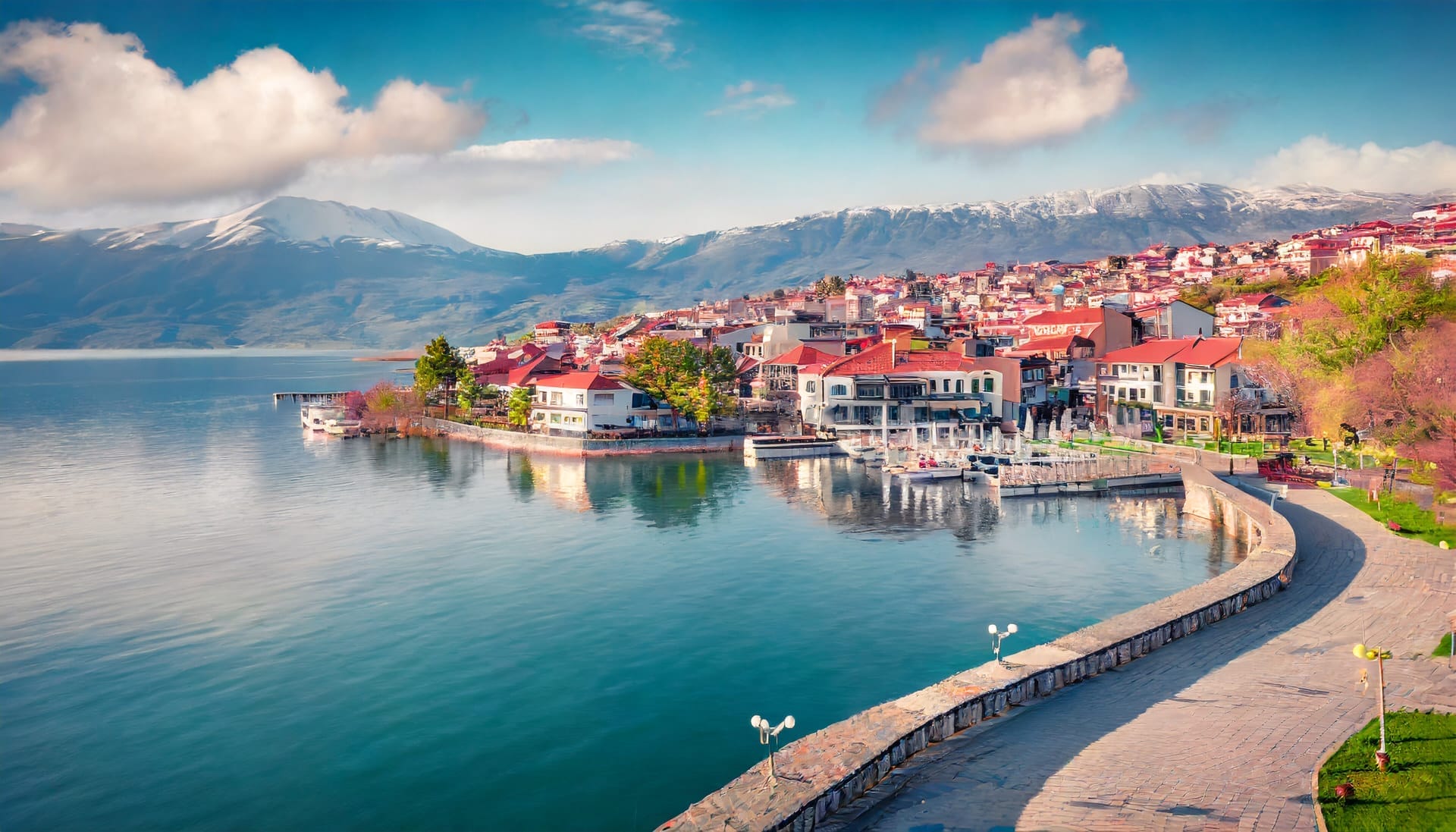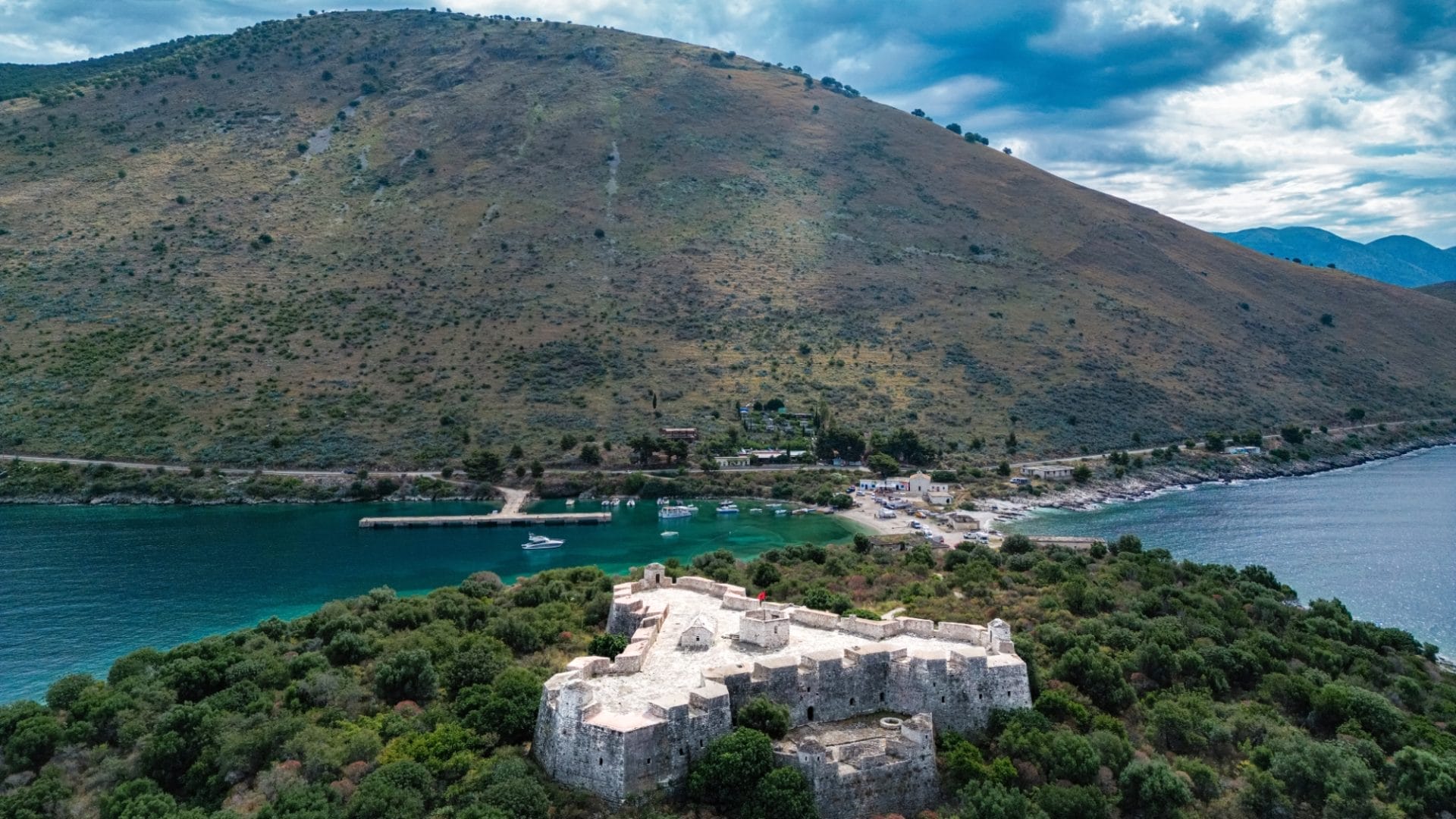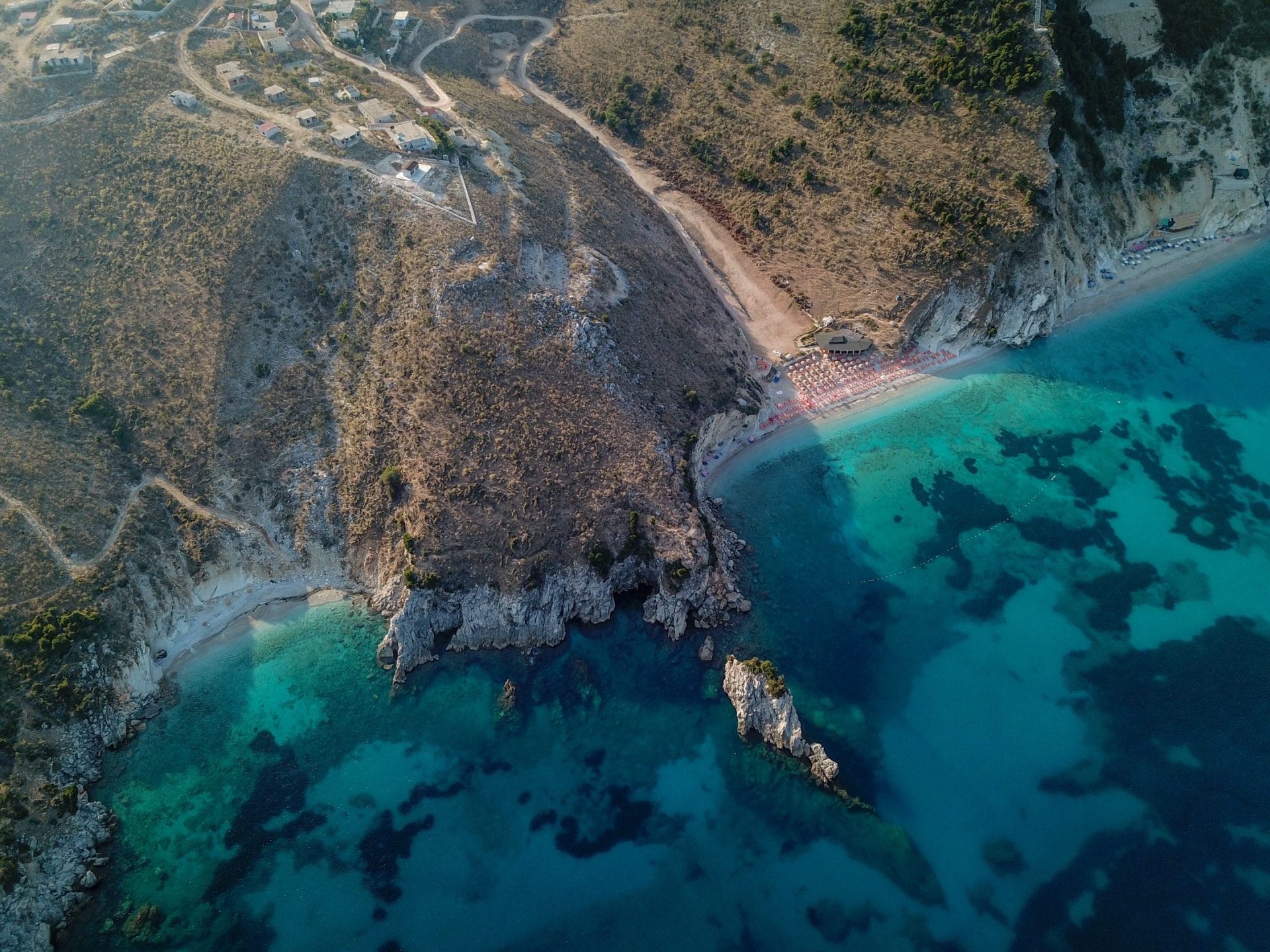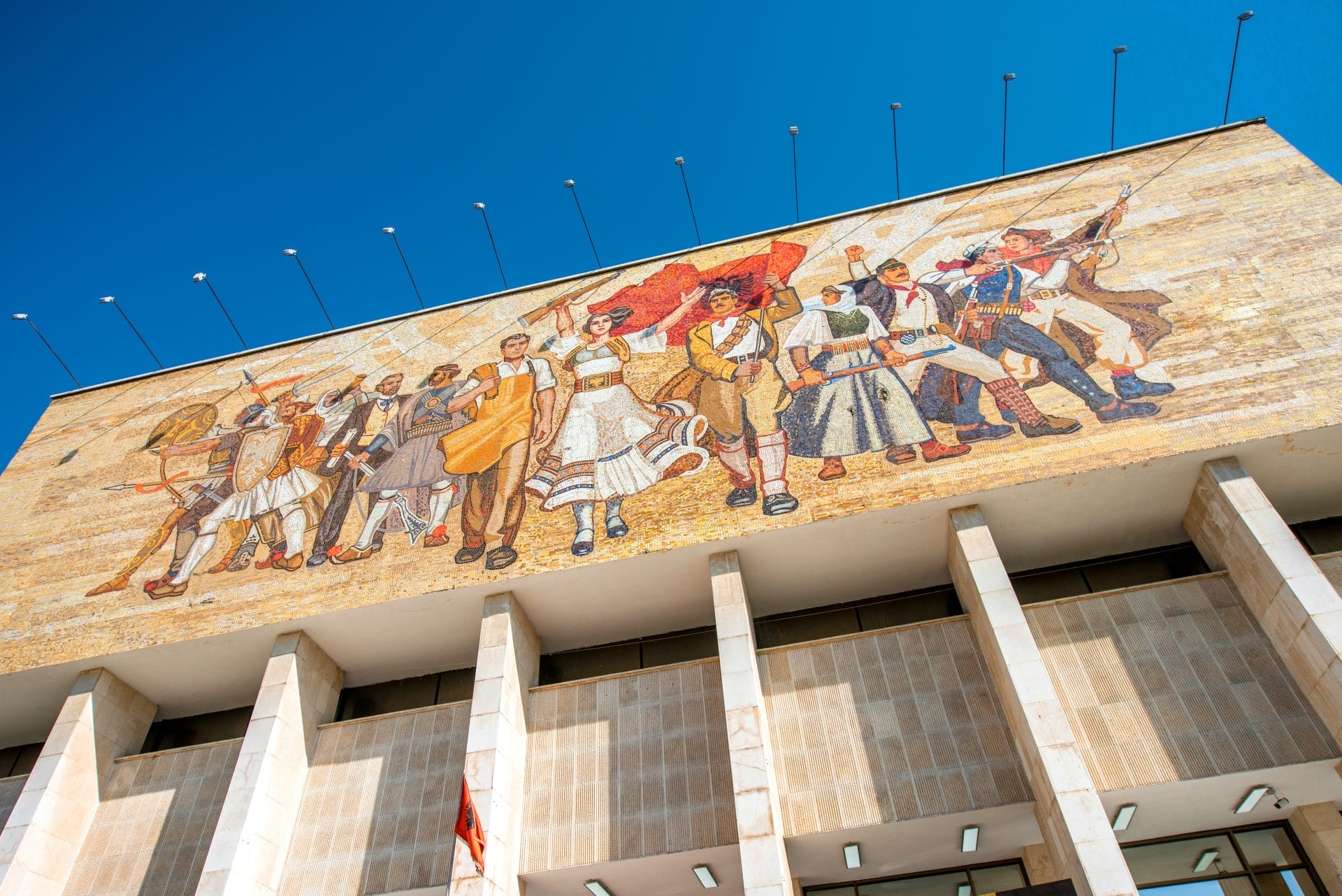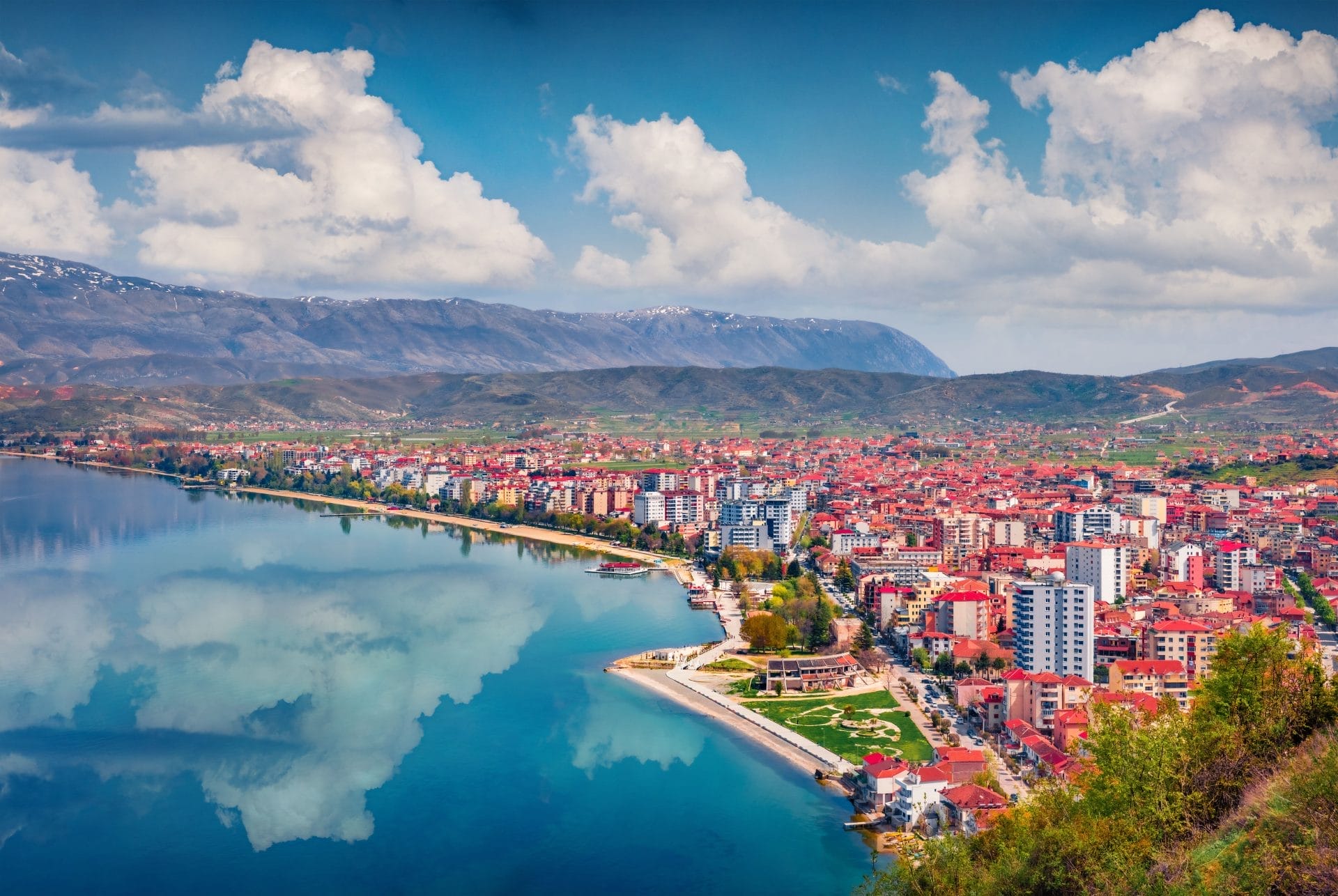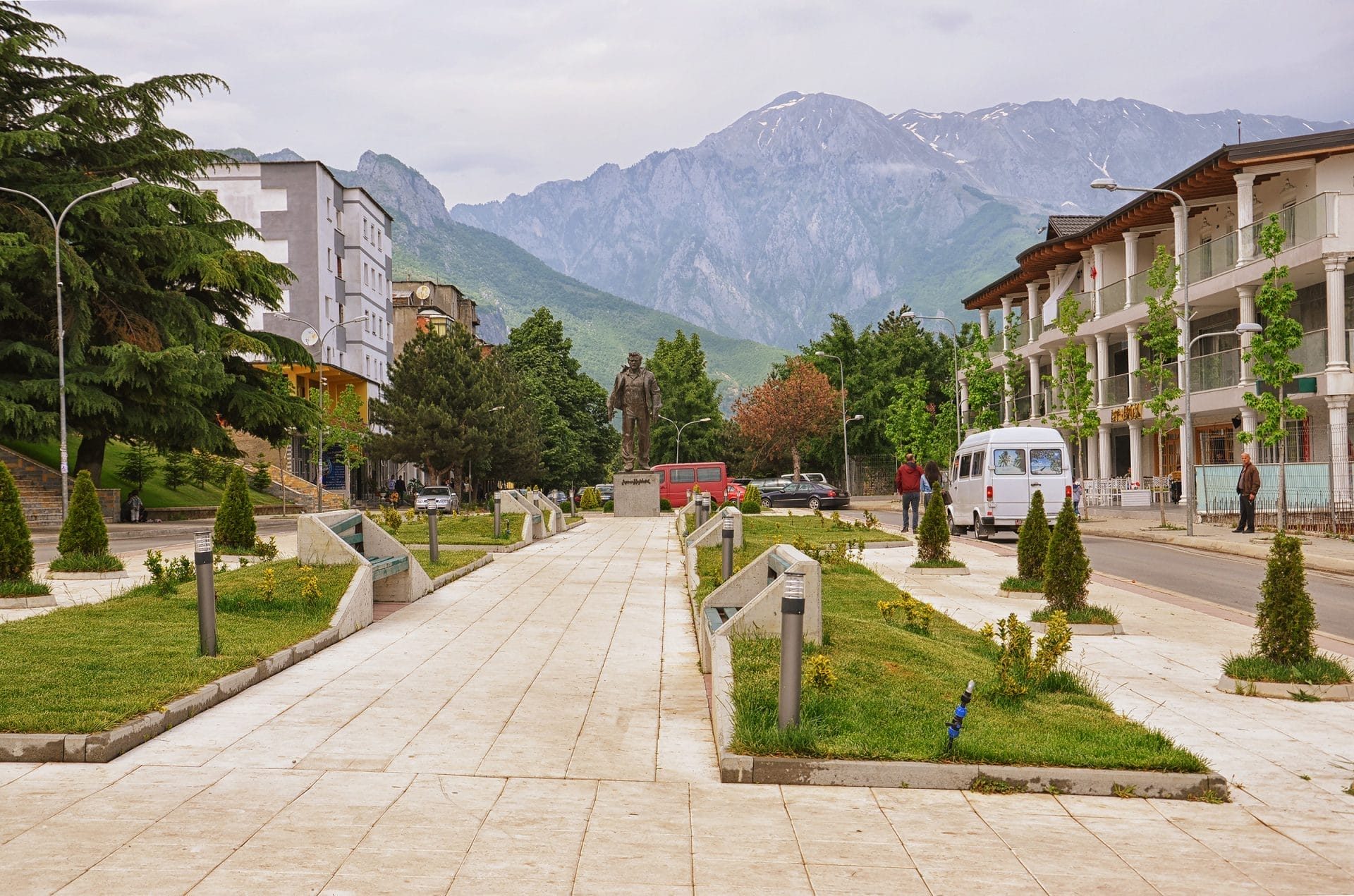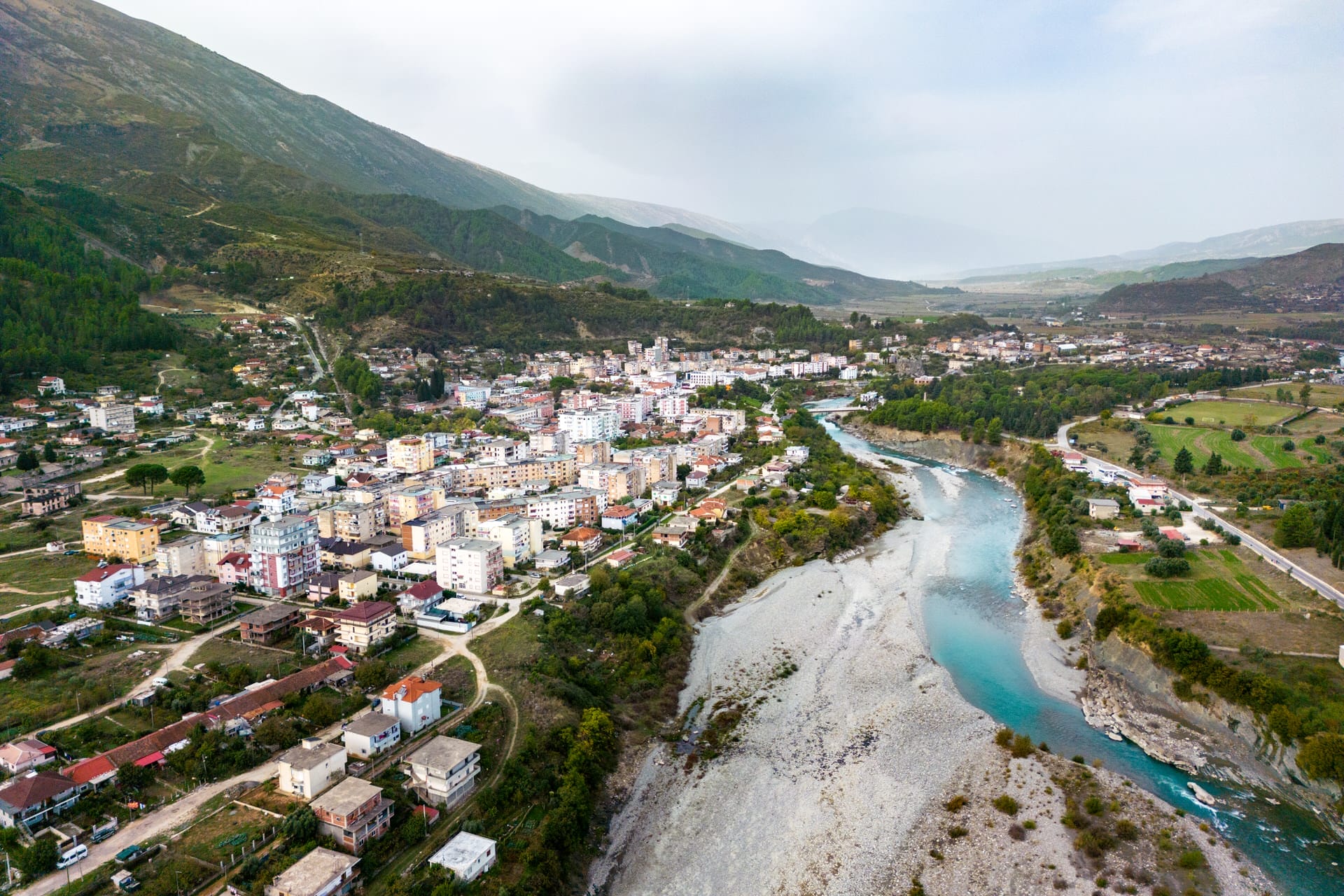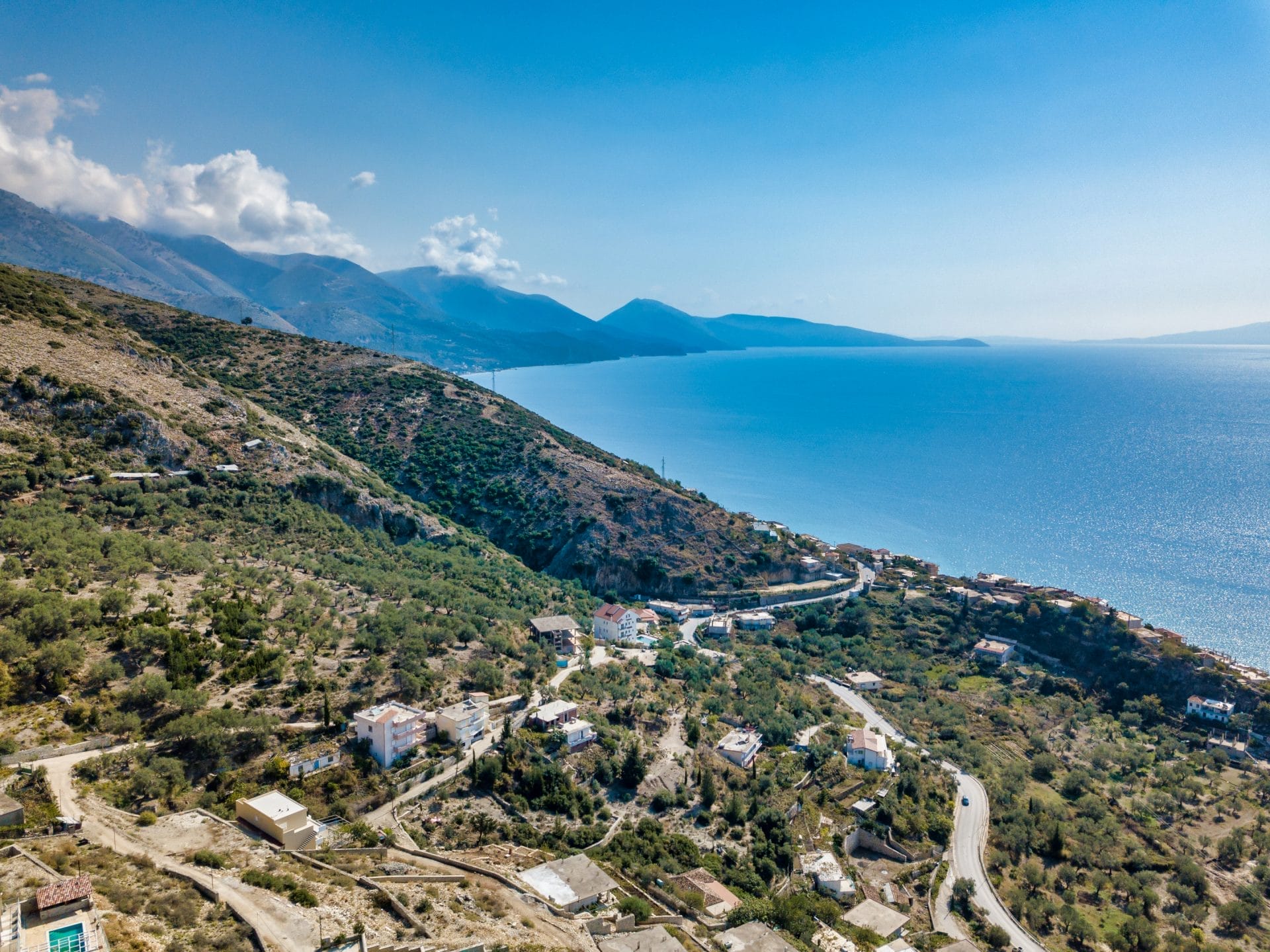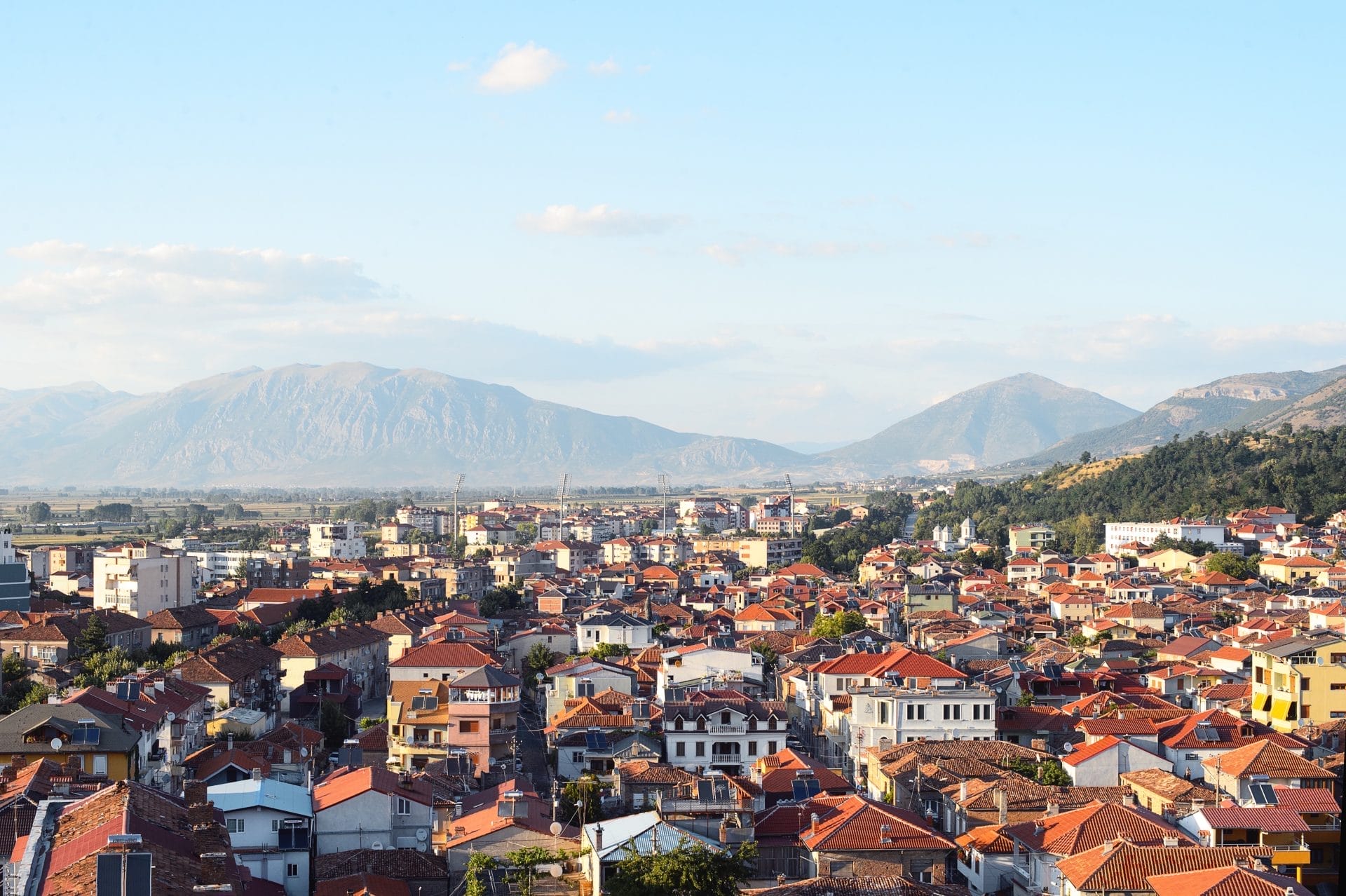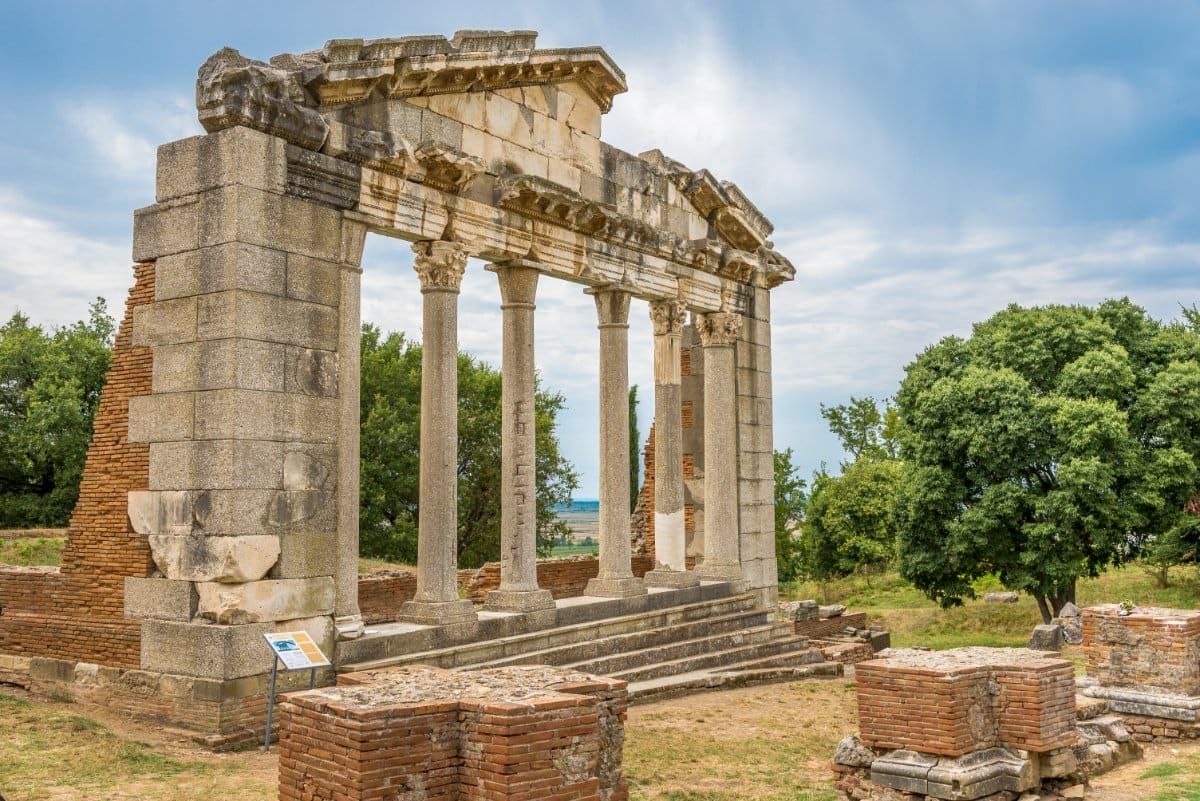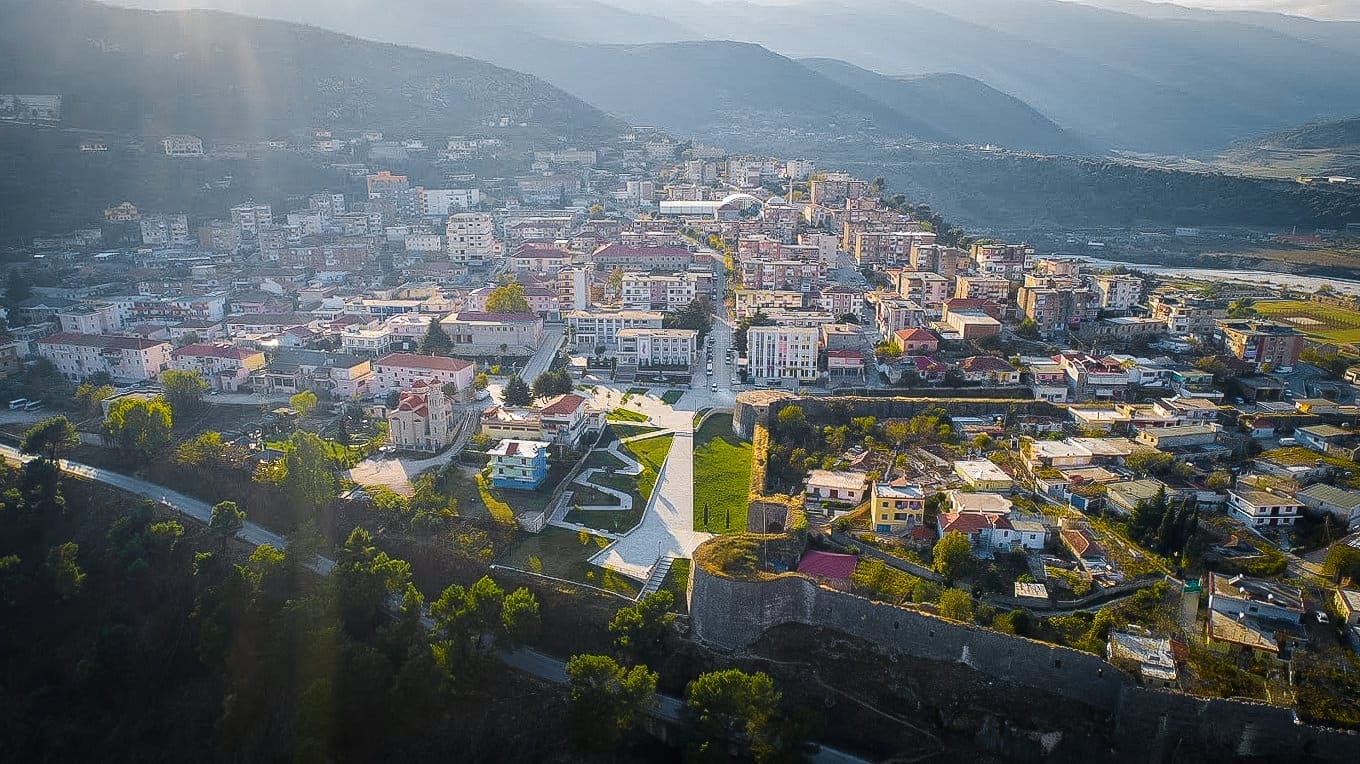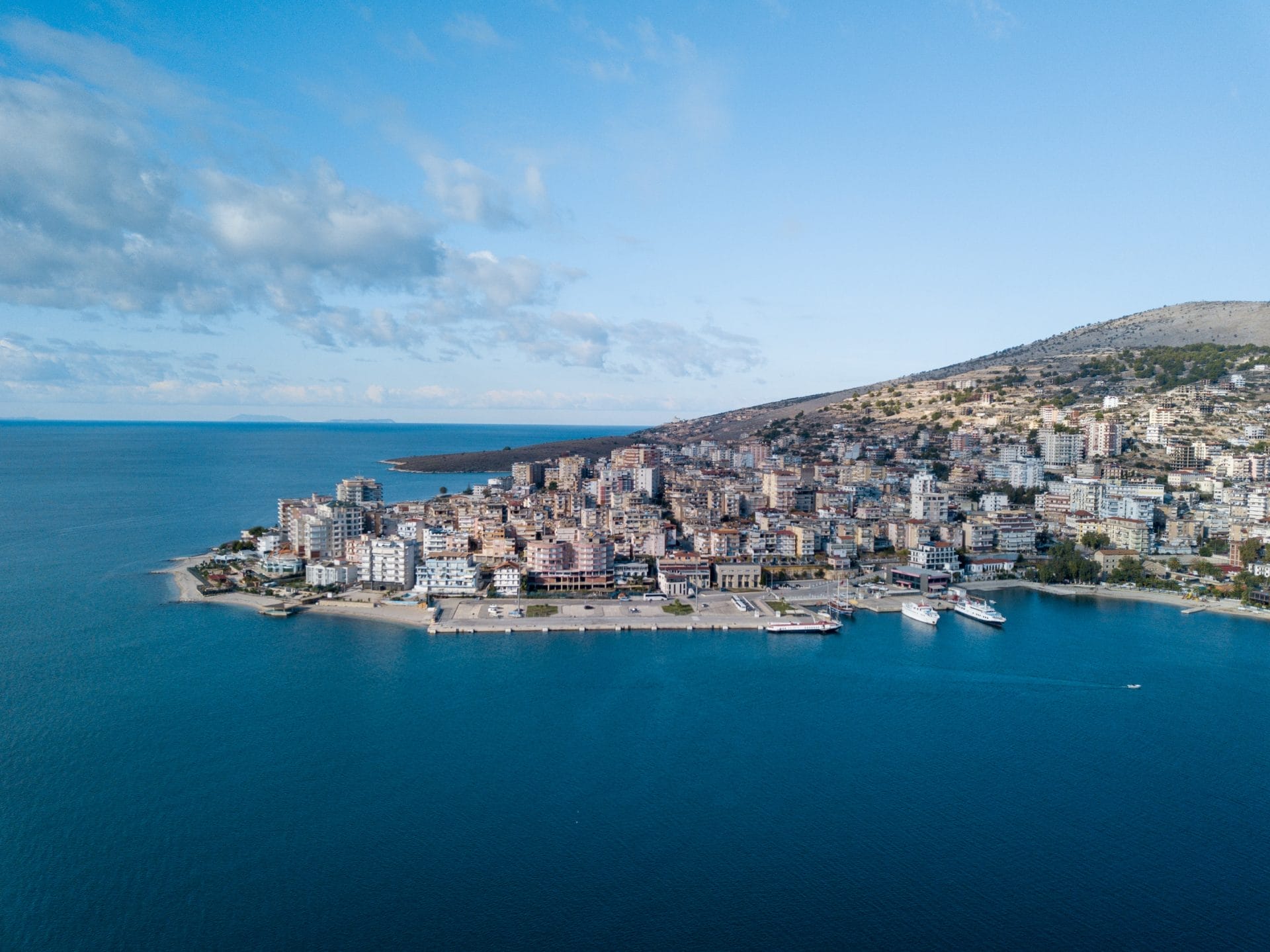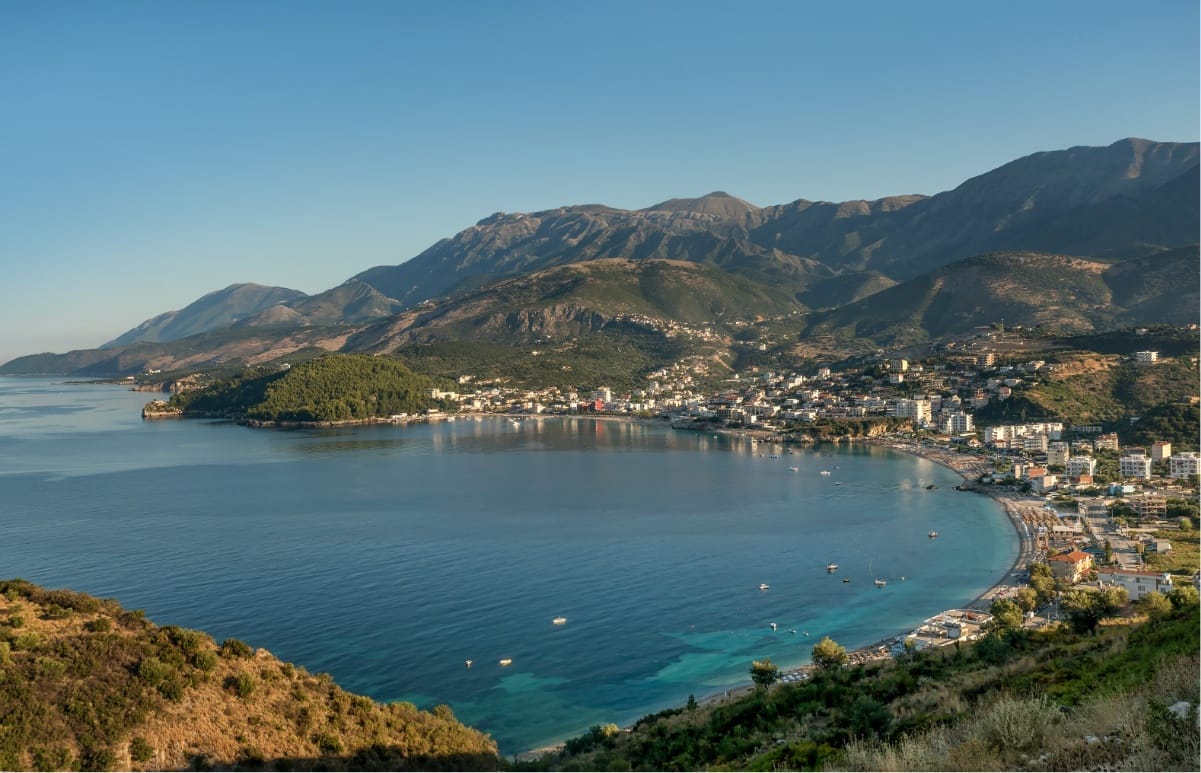
Byzantine Influence in Albania
The division of the Roman Empire in 395 AD heralded the beginning of Byzantine rule in Albania, signaling a pivotal shift in governance and the region’s very cultural and spiritual ethos. Byzantine Albania was poised at the nexus of an empire’s elaborate administration and the burgeoning identity of a people on the brink of transformation.
The Rise of Byzantium in Albania
The Byzantines, successors to the Roman legacy, brought an intricate blend of Greek culture, Roman law, and Christian orthodoxy, fostering a unique milieu within the Eastern Mediterranean. When the Byzantine Empire assumed control over the Balkans, Albania was enveloped by a civilization’s complex structures that were to redefine its landscape. With its capital in Constantinople, the empire emerged as a beacon of Christian piety and intellectual pursuit, casting its influence over Albania’s towns and countryside.
Foundations of Faith on Ancient Grounds
Christianity’s ascendancy in Albania during this period was not merely a change in religious observance but a profound cultural reorientation. The construction of churches and monasteries on sites once dedicated to pagan worship was a physical affirmation of the shift in spiritual allegiance. In these sacred spaces, the Albanian people began to weave their identity into the broader tapestry of Orthodox Christianity.
Navigating the Iconoclastic Controversy
The 8th century brought the Iconoclastic Controversy to the fore, a theological debate over the use of religious images that roiled the Byzantine Empire. While the controversy stirred dissent across the empire, Albania was somewhat insulated from these religious upheavals. The region held steadfastly to its Orthodox roots, preserving its religious icons and artwork, even as debates and decrees sought to undermine such practices.
An Architectural Renaissance
Byzantine architectural influence in Albania manifested in the form of formidable fortresses and exquisitely adorned places of worship. The architecture of this era was a testament to the Byzantine Empire’s appreciation for both the spiritual and the strategic, with buildings designed to inspire awe and provide refuge. The remnants of these structures, from the preserved mosaics of a church floor to the looming ramparts of a citadel, offer a tangible link to a period of extraordinary creativity and resilience.
The Flourishing of Local Governance
As the Byzantine Empire’s central authority began to wane, the seeds of local autonomy were sown in Albania. The emergence of local principalities during this time signified a subtle but significant shift towards self-determination. This period saw Albanian nobility navigate the challenging waters of an empire in flux, laying the groundwork for increased political independence that would later become crucial in the face of Ottoman expansion.
Transition to Feudalism
By introducing the theme system—a military and administrative unit—the Byzantine administration began restructuring Albania’s societal hierarchy, leading to feudalism’s advent. This new structure heralded a period where power became more localized, and military lords ruled over vast estates, setting the stage for a society characterized by the feudal relationships between lord and vassal for centuries to come.
The Geopolitical Chessboard of Albania
In the later Byzantine period, Albania’s strategic significance came into sharp focus as it became a coveted chess piece for emerging powers. The region, pivotal for its access to the Adriatic Sea and as a gateway to the West, drew the ambitions of the Venetians, Sicilians, and, eventually, the encroaching Ottomans. Each sought to leverage Albania’s position for its strategic gain, influencing the region’s geopolitical narrative and foreshadowing the complex dynamics that would define its future.
The Enduring Byzantine Legacy
The Byzantine era in Albania was a time of remarkable transition that touched upon every aspect of life—spiritual, cultural, and political. The empire’s decline did not erase its influence; instead, it integrated into the fabric of Albanian identity, leaving behind a legacy that would inform the nation’s path for centuries. The subsequent Ottoman period would build upon this complex foundation, introducing new elements into the historical mosaic of Albania.


